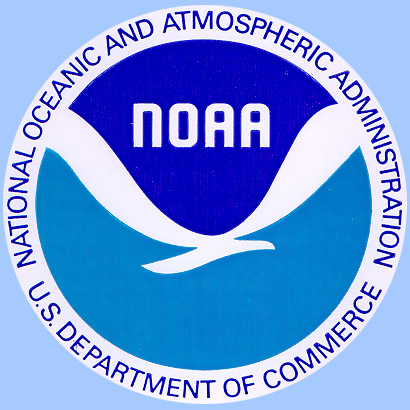Turning the Corner on Ending Overfishing 2012 – Annual Catch Limits Now in Place for Most Federal Fisheries
Everyone – commercial and recreational fishermen, NGOs, Councils, Congress and NOAA – knew it would be a heavy lift to put accountability measures and catch limits in place for all federally managed fisheries. Five years ago this week the Magnuson Stevens Fishery Conservation and Management Act reauthorization was signed into law and required just that – catch limits for all federally managed fisheries. Well, 2012 is here and we are almost fully over the goal line. Yes, there are a few stragglers, but I can report that all federal fisheries will have catch limits in place in time for the 2012 fishing season.
Signed into law on January 12, 2007, the reauthorized Act called for all federal fisheries to be managed under annual catch limits and enforced through accountability measures by the end of 2011. Over the last five years, NOAA Fisheries, fishermen, the councils, our partner organizations, the science community and many others have been actively engaged and dedicated to achieving this goal.
Reaching this milestone represents a historic achievement and I want to particularly recognize the tremendous amount of effort and sacrifice on the part of our nation’s fishermen and fishing communities to get us here. Catch limits and accountability measures to rebuild stocks and ensure sustainable fisheries represent a collective investment in the future of fishing. And while these benefits will accrue for generations to come, in many cases they do require short-term cost. In addition to fishermen around the country, our eight Regional Fishery Management Councils deserve special recognition. Finally, the men and women of NOAA must also be recognized for their unflagging commitment to this effort and hard work in helping the nation turn the corner in our efforts to end overfishing and rebuild stocks.
Bold goals are difficult, and we all have weathered challenges, controversy and economic difficulties in pursuit of this one. But even as we stand here today with so much work behind us, we know that ending overfishing is not something that is accomplished as a discrete end point. Rather, it is a step in an ongoing and evolutionary process. The science and management of federal fisheries will continue to evolve, change and strengthen to support the needs of our commercial and recreational fisheries and our coastal and ocean resources.
As we begin 2012 and a new leg of this journey, I invite you to reflect on the importance of our collective accomplishment and the strength it provides us to move forward and tackle other issues still in front of us. Some current challenges include working to further refine our management approaches to better meet the needs of fishermen and coastal communities, building on our world class science to better understand trends in fish populations and ecosystem considerations, and taking stronger steps to preserve protected resources like endangered species and marine mammals. Other challenges on the horizon include addressing habitat loss, pollution and environmental change and their effects on our living marine resources. We also must continue to deal with global challenges like pirate fishing.
We have come a long way since 1976 when our nation’s fisheries were being decimated by uncontrolled overfishing by foreign fleets. Thirty-five years later, we now stand at a point in history when the U.S. model of fisheries management has evolved to become an international guidepost for sustainable fishery practices. Still, we have much work ahead. So, on behalf of NOAA Fisheries, I’m proud to congratulate all of you who have been dedicated to achieving this goal and thank you for your involvement and dedication to helping evolve and build the science-based management that has become the signature of U.S. fisheries.
Eric C. Schwaab

